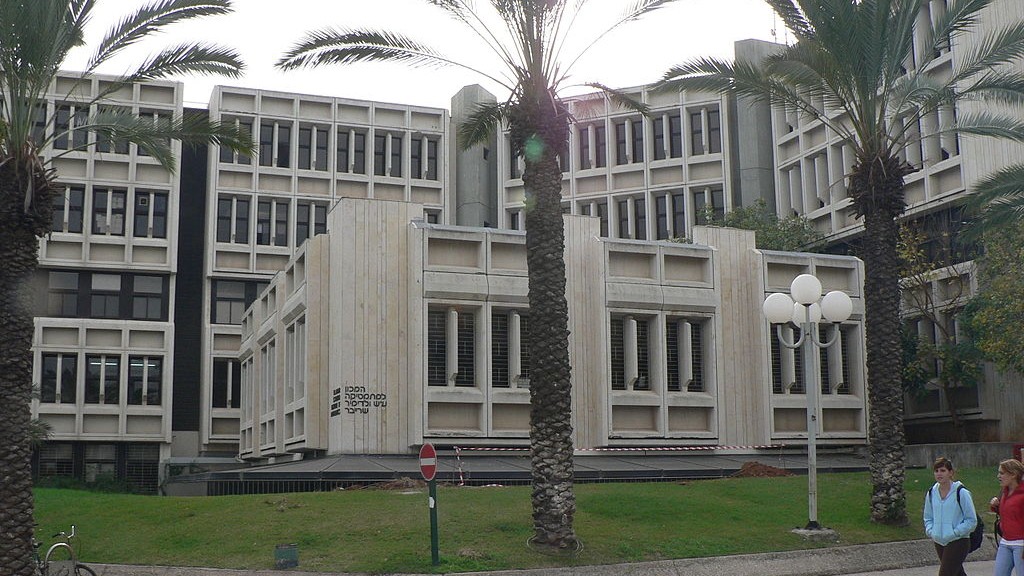Has an Israeli team found the most potent anti-aging procedures ever discovered?
A new study from Tel Aviv University (TAU) and the Shamir Medical Center in Israel indicates that high pressure oxygen treatments, known as hyperbaric treatments (HBOT), used on healthy aging adults can stop the aging of blood cells and reverse the aging process. In the biological sense, the adults’ blood cells actually grow younger as the treatments progress.
The treatments involving a high-pressure oxygen chamber had originally treated divers suffering from decompression sickness, air bubbles in blood vessels and wounds which did not heal due to diabetic conditions or radiation injury. However, researchers have now found that the treatments can reverse two biological processes associated with aging in human cells: the shortening of telomeres (protective regions located at both ends of every chromosome) and the accumulation of old and malfunctioning cells in the body.
Focusing on immune cells containing DNA from the participants’ blood, the study discovered a lengthening of up to 38% of the telomeres, as well as a decrease of up to 37% in the presence of senescent cells (cells which cannot divide anymore). .
The study was led by Prof. Shai Efrati, a faculty member of TAU’s Sackler School of Medicine and its Sagol School of Neuroscience who is also founder and director of the Sagol Center of Hyperbaric Medicine at the Shamir, and Dr. Amir Hadanny, chief medical research officer of the Center for Hyperbaric Medicine and Research.
The clinical trial was part of a comprehensive Israeli research program that targets aging as a reversible disease. The paper summarizing the trial was published in the scientific journal Aging on November 18, 2020.
“For many years, our team focused on hyperbaric research and therapy – treatments based on protocols of exposure to high-pressure oxygen at various concentrations inside a pressure chamber,” Efrati explained. “Our achievements over the years included the improvement of brain functions damaged by age, stroke or brain injury. In the current study, we wished to examine the impact of HBOT on healthy and independent aging adults and to discover whether such treatments can slow down, stop or even reverse the normal aging process at the cellular level.”
The researchers exposed 35 healthy individuals aged 64 or over to a series of 60 hyperbaric sessions over a period of 90 days. Each participant provided blood samples at four different points in time – before, during, at the end and after the series of treatments. The researchers analyzed various immune cells (cells containing DNA) in the blood and compared the results.
“Aging is basically the progressive loss of physiological integrity, resulting in impaired functions and susceptibility for diseases and death,” the team wrote. “This biological deterioration is a major risk factor for cancer, cardiovascular diseases, diabetes and Alzheimer’s disease among others. At the cellular level, there are two key hallmarks of the aging process: shortening of telomere length and cellular senescence.”
“Today telomere shortening is the ‘Holy Grail’ of the biology of aging,” Professor Efrati says. “Researchers around the world are trying to develop pharmacological and environmental interventions that enable telomere elongation. Our HBOT protocol was able to achieve this, proving that the aging process can in fact be reversed at the basic cellular-molecular level.”
“Until now, interventions such as lifestyle modifications and intense exercise were shown to have some inhibiting effect on telomere shortening,” Dr. Hadanny adds. “But in our study, only three months of HBOT were able to elongate telomeres at rates far beyond any currently available interventions or lifestyle modifications. With this pioneering study, we have opened a door for further research on the cellular impact of HBOT and its potential for reversing the aging process.”
(Vosizneias).
